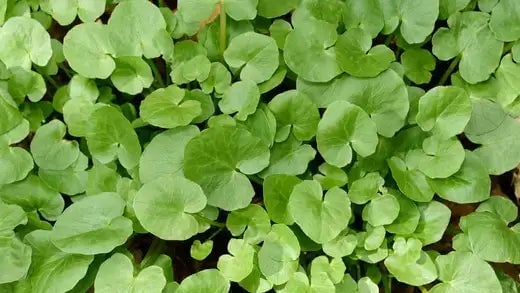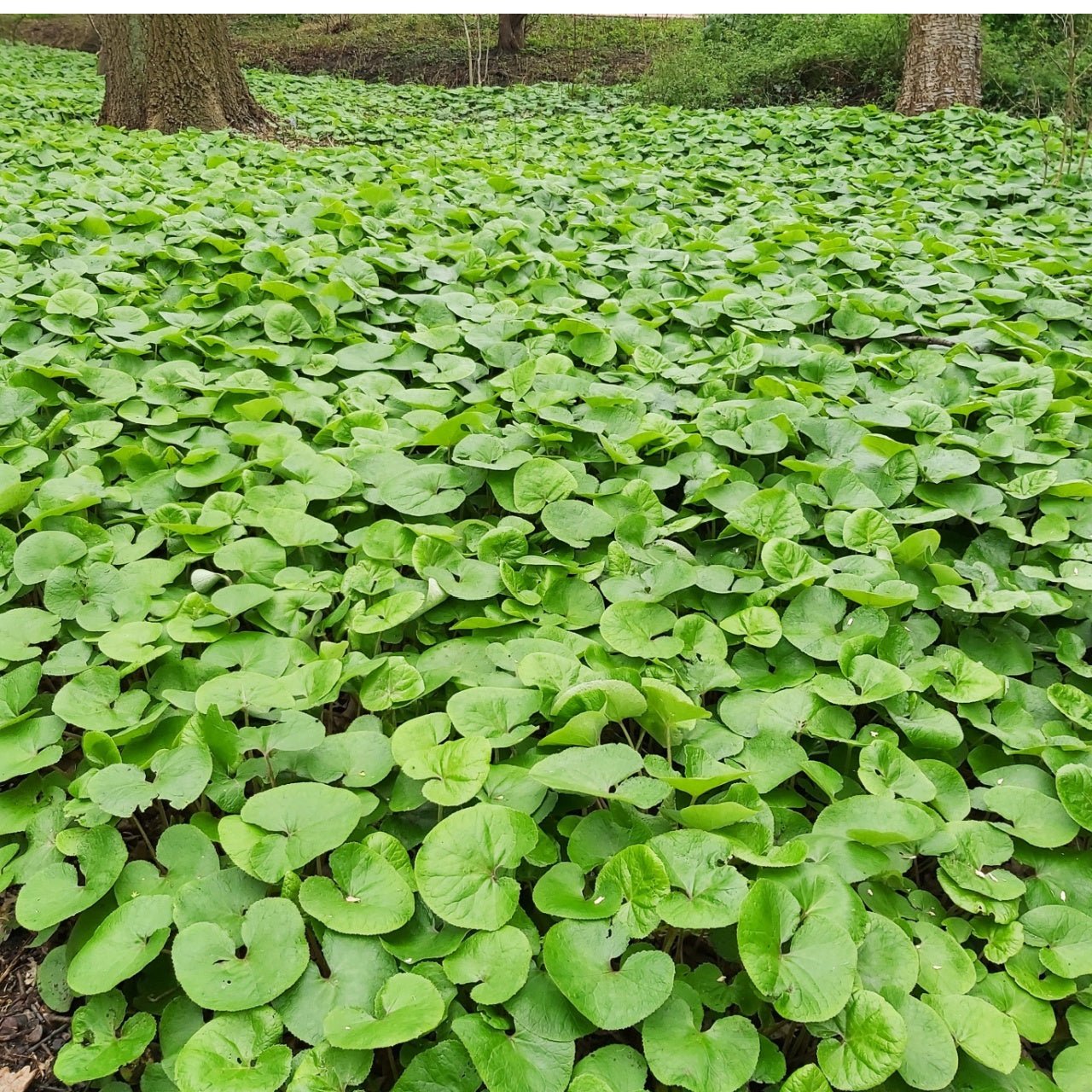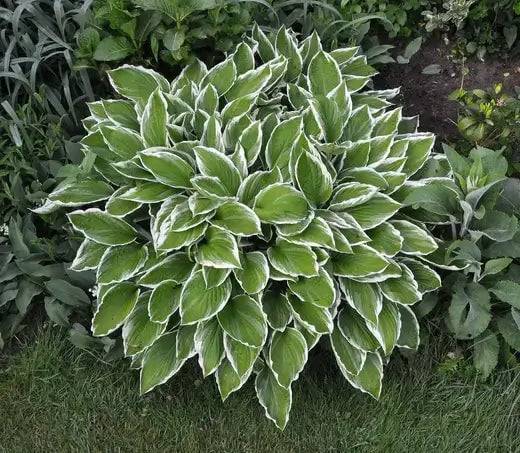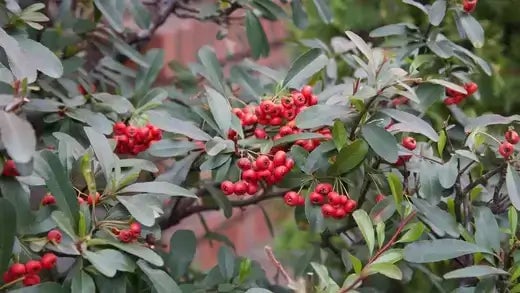European Wild Ginger: A Fascinating Botanical Marvel
The European Wild Ginger (Asarum europaeum), also known as wild ginger or European wild ginger, is a captivating and unique plant with a special place in botany. With its intriguing features, historical significance, and diverse applications, this plant has captured the attention of researchers, gardeners, and nature enthusiasts alike. In this article, we will delve into the captivating world of European Wild Ginger, exploring its characteristics, ecological role, historical uses, and modern applications.
Characteristics and Appearance
European Wild Ginger is a perennial herbaceous plant in the Aristolochiaceae family. It is native to various parts of Europe, including central and southern Europe, the British Isles, and Scandinavia. This plant is renowned for its unique and visually captivating features that set it apart. The most distinctive feature of European Wild Ginger is its heart-shaped leaves, which grow close to the ground in a dense carpet-like manner.
These leaves are glossy and possess a rich, deep green color, adding to the plant's aesthetic appeal. The leaves emerge on short stems from a rhizomatous root system, contributing to its ground-hugging growth habit. Ecological Role and Habitat European Wild Ginger thrives in temperate woodland environments and is commonly found in moist, shaded areas such as deciduous forests under the canopy of trees. Its preference for shaded regions makes it an essential component of the understory vegetation in these ecosystems. The rhizomatous growth habit of the plant aids in soil stabilization and erosion control in these often fragile environments. One of the intriguing ecological roles of the European Wild Ginger is its symbiotic relationship with certain species of ants.
The plant produces elaiosomes – nutrient-rich structures attached to its seeds. Ants are attracted to these elaiosomes and carry the kernel back to their nests, consuming and discarding the seeds. This process aids seed dispersal, enhancing the plant's ability to colonize new areas and contribute to ecosystem diversity. Historical Uses and Folklore The historical uses of European Wild Ginger are rooted in traditional medicine and folklore.
The plant has a long history of being used for its purported medicinal properties, especially in herbal remedies of the past. Its rhizomes were often used to create teas, tinctures, or poultices to treat various ailments, including digestive issues, headaches, and even as an expectorant. In addition to its medicinal uses, European Wild Ginger has held cultural and symbolic significance in various societies.
Folklore suggests that the plant was used as a protective charm against evil spirits and was sometimes planted near homes to ward off negative energies. Its heart-shaped leaves have also been associated with love and matters of the heart in certain traditions.
Modern Applications and Cultivation In modern times, European Wild Ginger continues to captivate the interest of horticulturists, gardeners, and enthusiasts. Its unique growth habit and eye-catching leaves make it a sought-after addition to shade gardens and woodland landscapes.
The plant's ability to thrive in low-light conditions and its capacity to form dense ground cover make it an excellent choice for areas where other plants might struggle. Cultivating European Wild Ginger can be a rewarding experience, but it requires understanding its specific requirements. It thrives in well-draining, humus-rich soils with consistent moisture. Planting it in shaded areas mimics its natural habitat and ensures optimal growth. Gardeners often use it to create a lush carpet of green in places where other plants might not thrive due to lack of sunlight. Conservation Status and Importance While European Wild Ginger is not currently classified as an endangered species, its conservation is still of concern due to habitat loss and the potential impacts of invasive species. As natural habitats are altered or destroyed, the populations of this plant and its associated ecological roles could be affected. Efforts to protect and conserve its natural habitats are essential to ensure its continued presence in the wild.
The Benefits of European Wild Ginger:
Nature's Hidden Treasure European Wild Ginger (Asarum europaeum) is visually captivating and offers a range of benefits that span from historical uses to modern applications. With its heart-shaped leaves and rhizomatous growth habit, this unique plant holds both cultural and ecological significance, making it a hidden treasure in botany. Let's explore some of the benefits that European Wild Ginger brings to the table.
1. Medicinal Potential European Wild Ginger has been utilized for its potential medicinal properties throughout history. The plant's rhizomes have been used in traditional herbal remedies to address various health concerns. The rhizomes were often processed into teas, tinctures, or poultices and used to alleviate digestive issues, headaches, and respiratory discomfort. While modern medicine has evolved, and scientific research is still limited on the plant's medicinal compounds; its historical use suggests that it might contain bioactive compounds with therapeutic potential.
2. Aesthetic Appeal in Landscaping European Wild Ginger's lush, glossy leaves and ground-hugging growth habit make it a sought-after addition to shade gardens and woodland landscapes. Its ability to thrive in low-light conditions and form dense mats of greenery adds a touch of elegance and beauty to areas that might otherwise be challenging to the landscape. Its carpet-like growth helps suppress weed growth and stabilizes soil, making it a practical and visually appealing choice for gardens.
3. Erosion Control and Soil Stabilization European Wild Ginger is crucial in natural ecosystems in preventing erosion and stabilizing soil. Its rhizomatous root system holds ground in place, reducing the risk of decline in areas with gentle slopes or prone to runoff. This characteristic is not only crucial for maintaining the health of the plant itself but also for supporting the overall ecosystem by preventing soil loss and degradation.
4. Ecological Partnerships European Wild Ginger's unique seed dispersal mechanism, involving ants attracted to its nutrient-rich elaiosomes, showcases its ecological partnerships. This symbiotic relationship benefits both the plant and the ants. While the ants gain nourishment from the elaiosomes, the seeds are transported to new locations, aiding the plant's colonization efforts and contributing to ecosystem diversity. 5. Cultural and Folkloric Significance This plant has a rich history of cultural and folkloric significance. In some traditions, European Wild Ginger was believed to have protective qualities against negative energies and evil spirits. Its heart-shaped leaves were associated with love and matters of the heart, adding to its symbolic importance in various societies. This cultural connection adds a layer of intrigue to the plant and highlights its deep-rooted connection to human history.
Conclusion
With its captivating appearance, historical significance, and ecological importance, European Wild Ginger remains a botanical marvel that continues to intrigue and inspire people worldwide. Its heart-shaped leaves, ecological partnerships, and traditional uses contribute to its unique character. As we continue to appreciate and study the intricacies of this plant, we gain a deeper understanding of the intricate relationships with species and the importance of preserving our natural world. Whether found in the shaded corners of a garden or the understory of a woodland, European Wild Ginger stands as a testament to the beauty and wonder of the plant kingdom.






